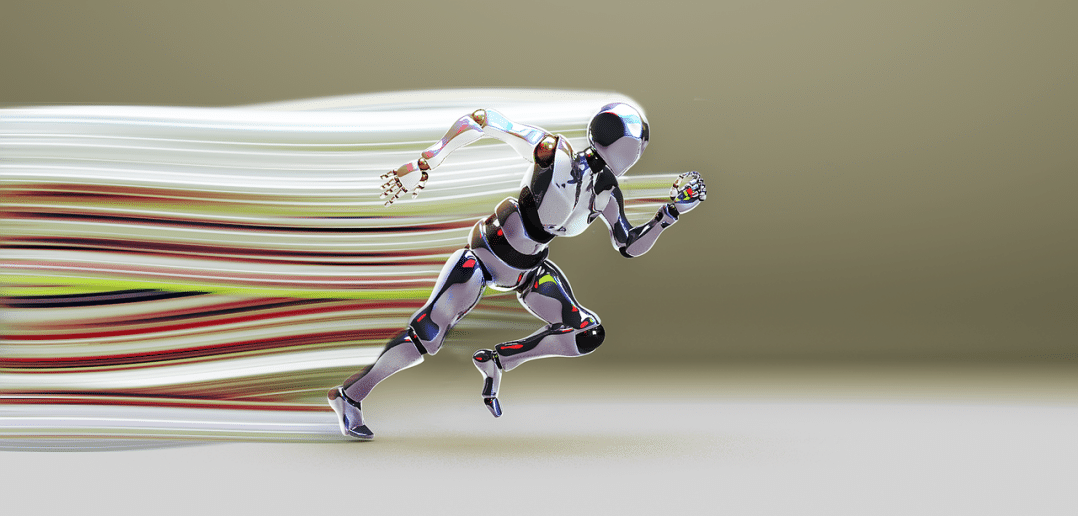
When, in the 80s computer-based trading appeared on Wall Street, the environment reaked of gold diggers. Profits that had been hardly conceivable until that time, were now being realized as the result of automatic trading algorithms. Within a short period of time, stock exchanges were technically revolutionized, thus redefining the rules and balance of power within the industry.
The vast extent to which stock market trading had been transformed, as a result of the advent of computers, was first experienced on the 19th of October 1987. “Black Monday”, as it is now referred to, saw share prices plummet worldwide. Since the early 1980s, traders had increasingly used computers for their portfolio strategies and, as a rule, the major banks had very similar systems for dynamic hedging. A combination of uncertainties in the foreign exchange market coupled with automated trading systems, which increased the pressure to sell, eventually lead to a stock market collapse.
New playing field, new opportunities
A similar revolution is currently taking place in the crypto markets. The high volatility of the markets is a playground for experienced developers of trading algorithms, with the technical conditions in the digital currency market now allowing more private individuals to operate in the market with the same opportunities as the major players.
Crypto trading platforms are neither accessible via direct data lines, nor are they centralised in one financial centre. They are widely spread around the globe, so that conditions are almost the same for everyone. A large bank therefore has no faster connection to the crypto exchanges than a private individual. However, the relatively cheap infrastructure, which is also available through cloud services, does entirely ensure that the cards have been shuffled in a completely more egalitarian way for all concerned.
Reality or wishful thinking?
Even if the conditions for automated trading with bots on the crypto markets seem extremely promising, there is still no guarantee of success. It is certainly a much more complex issue than many trading bot providers would like to admit.
To this day, bots are optimized for specific markets and specific situations. Profit or loss depends on things such as a given trading strategy (algorithm) used, the fine-tuning of the algorithm settings and of course the technologies used to define what analysis is possible and how quickly it can be performed.
The automatic super-bot, which always trades profitably without any expert knowledge, is still science fiction, at least for the moment.
Science fiction? Not quite!
New technologies are allowing our imaginations to run wild. It is mind boggling what is possible through the combination of vast amounts of well-organized data, machine learning, swarm intelligence and more available computing capacity.
The challenge is to find the right mix; such as having significant signals through data, the appropriate analyses and the effective technologies. Therefore, platforms that offer all of this from a single source, i.e. the data itself, the analytical tools and the possibility to extensively test and fine-tune trading strategies before execution, are promising.
In this respect, most platforms in this area are still in their infancy. There are some promising providers on the market, but the final word on this matter has definitely not yet been uttered.
So it’s not impossible that tomorrow someone will already have the holy grail of trading algorithms in their hands, however it is (still) relatively unlikely.

